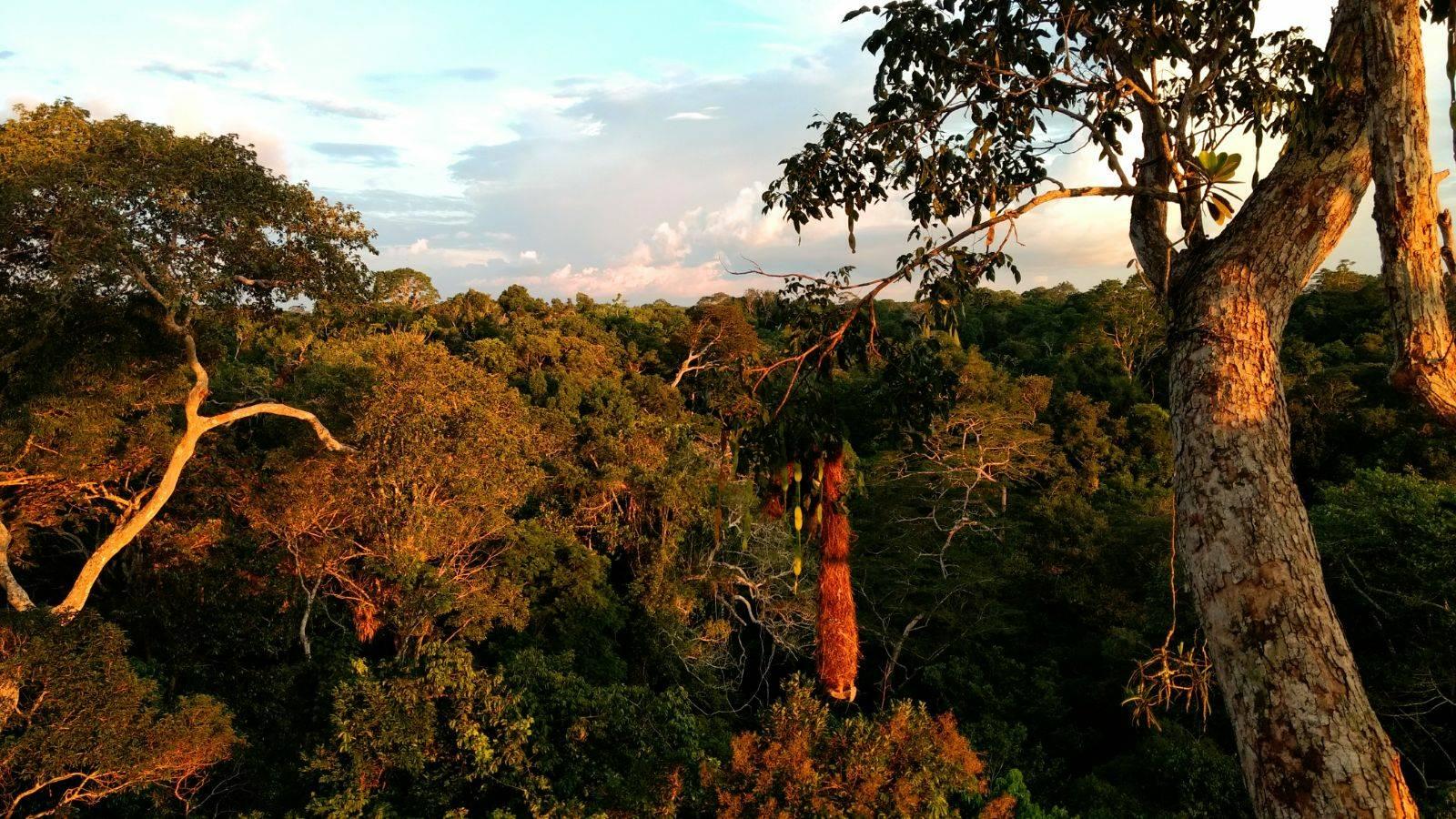Media release
From:
Environment: Differing drought tolerance observed in Amazon forests
Amazon forest trees may vary in drought tolerance depending on the species, influencing their resilience to changing water conditions, according to a study in Nature. The findings suggest that the long-term impacts of drought on forests may have been underestimated in the past.
Tropical forests are experiencing an increased frequency of droughts due to increasing temperatures, altered rainfall and more frequent extreme climatic events. Climate stress may be especially pronounced in Amazon rainforests, which are home to about 16,000 tree species. Recurrent drought events across the Amazon have increased tree mortality in recent years, however, the capacity of forests to deal with water stress as the climate changes is poorly understood.
Julia Tavares and colleagues observed plant hydraulic traits — their thresholds for survival under stressful water conditions, such as drought — in 129 tree species across 11 forest plots throughout Amazonia, spanning the entire precipitation gradient. The authors assessed hydraulic failure, or disruption to water transport systems within plants, and found variation across species. The variation relates to typical rainfall in the species’ habitats: trees in wet forests have less resistance to drought, while trees in drier forests are better prepared for drought. The authors also found that forests operating closer to their hydraulic limits — the thresholds for plants before hydraulic failure — experienced greater mortality.
The authors suggest that forests in the western and southern Amazon, for example in parts of Peru and Brazil, may be most vulnerable to future changes in climate, as they may already be at their hydraulic limits. They conclude that continued climate change will further threaten the already-declining Amazon carbon sink.
***
Springer Nature is committed to boosting the visibility of the UN Sustainable Development Goals and relevant information and evidence published in our journals and books. The research described in this press release pertains to SDG 13 (Climate Action). More information can be found here.



 Australia; International; ACT
Australia; International; ACT



